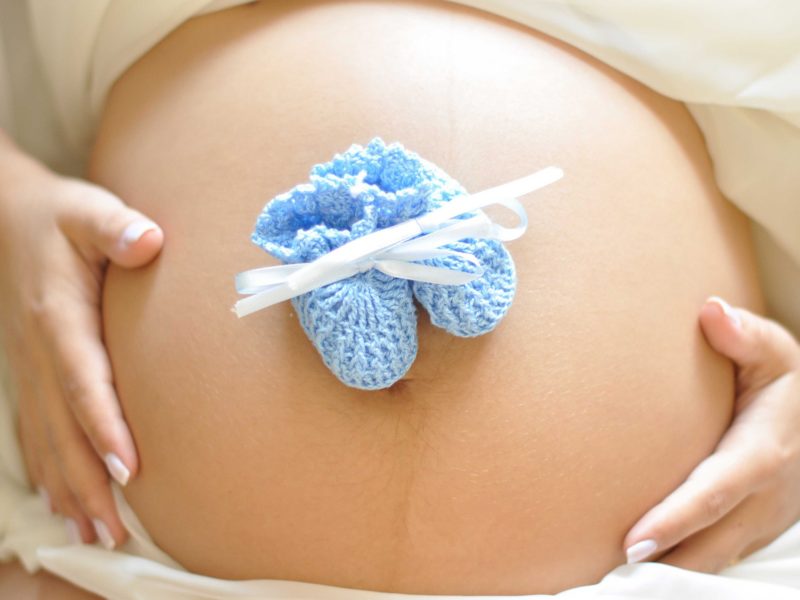
The Proof Is In The Poop.
Researchers in Sweden confirmed that the stool found in toddler’s diapers are full of environmental toxins, more specifically flame retardants. In October 2018 California signed a law banning flame retardants, while Michigan might become the first state to regulate GenX chemicals. However, these new changes will take time to come to fruition.
In the meantime how do you know if baby’s furniture, mattress and other products have added flame retardants? The label should say, “Contains no added flame retardants.” Simple, huh? But if the label states “This product meets TB117 standards” it more than likely contains flame retardants.
Mattresses And Changing Pads.
Toxic-Free Future has a quick and easy reference chart on the best choices for these products. Tell mom and dad to watch out for polyurethane foam, flame retardants, vinyl, antibacterial and anti-stain coatings to protect the health of babies coming soon to a home near you.
Chemical Bedding.
Think about this. If we spend 1/3 of our lives in bed we should be considering the toxic chemicals that might be in our bedding, and absolutely take a look at safer alternatives. Because babies spend 2/3 of their early life in bed let’s make them safer, as today’s children are born with a much greater (and serious) body burden than previous generations did. Be sure to download the fact sheet from MadeSafe for tips on selecting a safer mattress.
Car Seats.
Healthy Stuff is a project of the Ann Arbor Michigan Ecology Center. It offers a database of every product they’ve tested over the past 12 years and is a valuable resource for those wanting to avoid toxicants. You can enter a product by name or by type to locate the chemicals detected in the product. They also have several reports available on things such as vinyl flooring, carpets, and children’s car seats. In fact, their “Children’s Car Seat Chemical Policy Report Card 2019” was just updated.
Decorating The Nursery.
Plastic Pollution Coalition has published their “Healthy Baby Guide,” broken out by rooms in the home, to guide us to the safest materials to use when decorating the nursery. Remember, we do have the economic power to shift the marketplace away from harmful materials because companies are closely watching what we buy. If we support companies that are making safer products, we are helping to make change happen – and maybe one day we won’t need guides like this!
Reducing Exposure At Daycare.
Want to include environmental health to minimize your child’s exposure to harmful chemicals? Toxic-Free Future has a list of 10 questions to ask childcare providers regarding food, pest control, lead, indoor air quality, cleaning chemicals, hand washing practices, plastic utensils and safe art supplies.
Foam nap mats at daycare can also be a source of environmental exposure. Toxic-Free Future’s latest peer-reviewed study shows that it’s possible to significantly reduce kids’ exposure to toxic flame retardants by getting rid of nap mats containing flame retardants. The Center for Environmental Health can help guide you to safer nap mats!
Download The App.
Want to make shopping a bit easier when trying to select safer products? GoodGuide has rated over 75,000 products and for the past ten years has directed folks to healthier choices. Categories include personal care, household, and products for babies and kids. On their website you can ask them to review your favorite product, read reviews, and write your own. Their mobile app is free, easy to use, and comprehensive. Download the GoodGuide Mobile App to get instant ratings on products by simply scanning barcodes!


 Giving Thanks Eco-Style & Toxic Free
Giving Thanks Eco-Style & Toxic Free
Our daughter is having a baby and lives in Oregon Ohio. I just sent your website so she can update her home.
Thank you so much for sharing this, Julie. And best of luck to your daughter!